Who does not always want fresh, sweet squash? Squashes are so versatile and make up a large part of meals in various parts of the world, especially in the United States. However, if you are not careful when storing your squash, you may be eating rotten or bad squash.
How can you tell if squash is bad so that you can avoid eating it?
You can tell that squash is bad through its look, texture, smell, and taste. Bad squash will have spots on its skin and flesh, a soft and squishy texture, attract mold and pests, and tend to have an awfully bad taste.
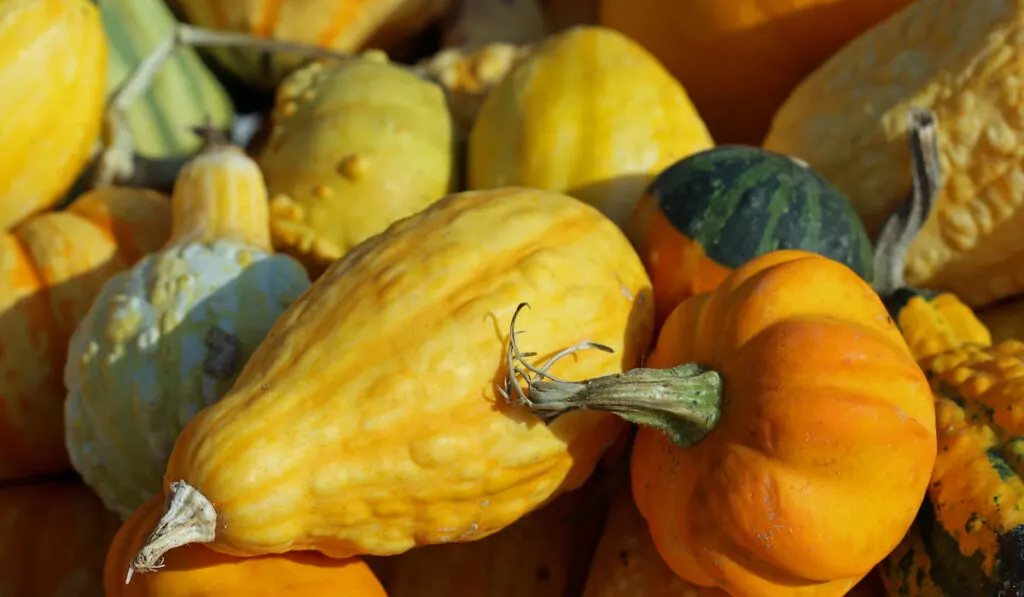
How else do you know when yellow squash is bad? How can you store squash for future consumption? Continue reading this article to find out.
Table of Contents
How Can You Tell if Squash Is Bad?
Here are some common ways to tell that your squash is bad:
1. The Squash is Squishy and Soft
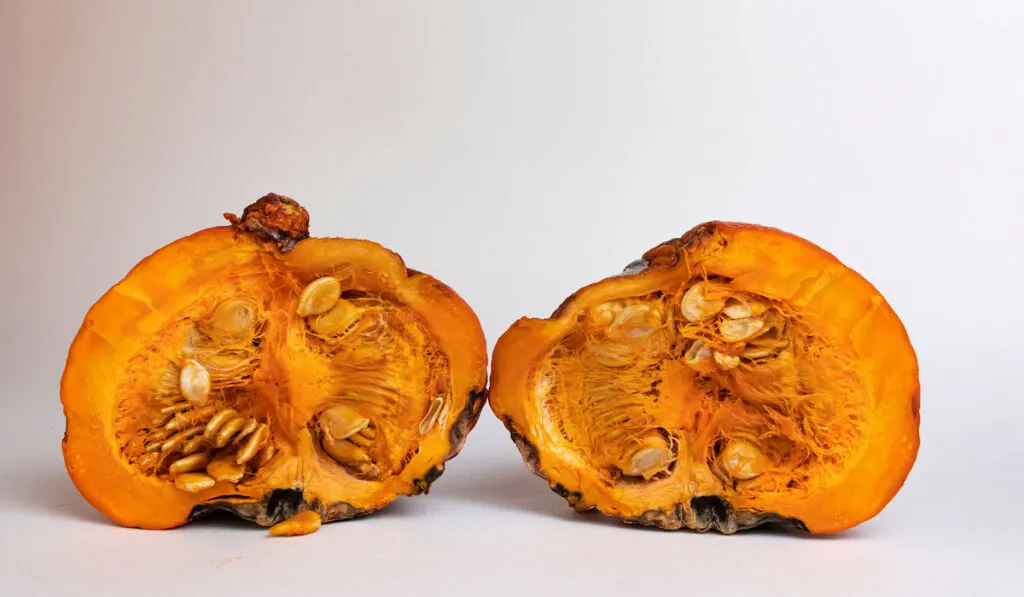
Squash should be firm to the touch. If it is not, then there is a high chance that it has gone bad or will soon go bad.
You cannot easily poke your fingers into fresh squash, so you can try poking your hands into the flesh of your squash to see if your fingers would pierce it easily. Try pressing on it as well because fresh squash should be relatively difficult to compress.
The skin of bad squash will also become thin and have a rough texture. The once full, shiny, and fresh skin will look wrinkled, and you can peel it off easily.
You might also see some parts of the fruit having no skin. If that is the case, you want to open the squash to examine if it is still edible or not.
2. The Squash Has Mold
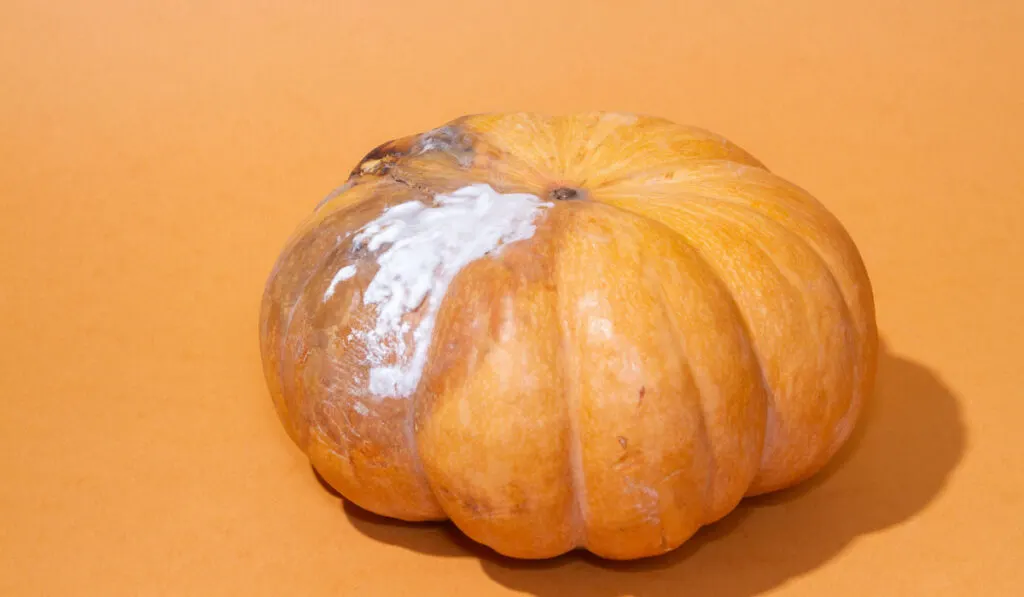
The growth of mold, which is a type of fungi, is indeed the best way to tell that your squash is rotten.
As soon as you can see that there is mold on your squash, just know that the squash is no longer edible as fungi are already decomposing it from the inside. Well, you may also notice that mold is only growing in some parts of the fruit.
If you notice that mold is growing just in some parts of your squash, you may use a knife to cut off that chunk and dispose of it. However, note that the fungi inside the squash are mostly not visible, so disposing of the whole fruit is the best thing to do.
3. The Color of the Squash Is No Longer Solid and Shiny
Your squash should be full and have a shiny color. Squash with patterns and spots should also have just two or a definite number of colors.
If you see any irregular spot on the skin or flesh of your fruit, there is a high chance that the fruit is already spoiling from the spot. Such irregular spots may be brown, yellow, or ash colored.
In this case, you should open the fruit and carefully examine the region of the spot. You may decide to dispose of that part if you see that it is spoiling. However, examine the other parts of the fruit to see if they are still good or not.
4. The Squash Has a Rotten Smell
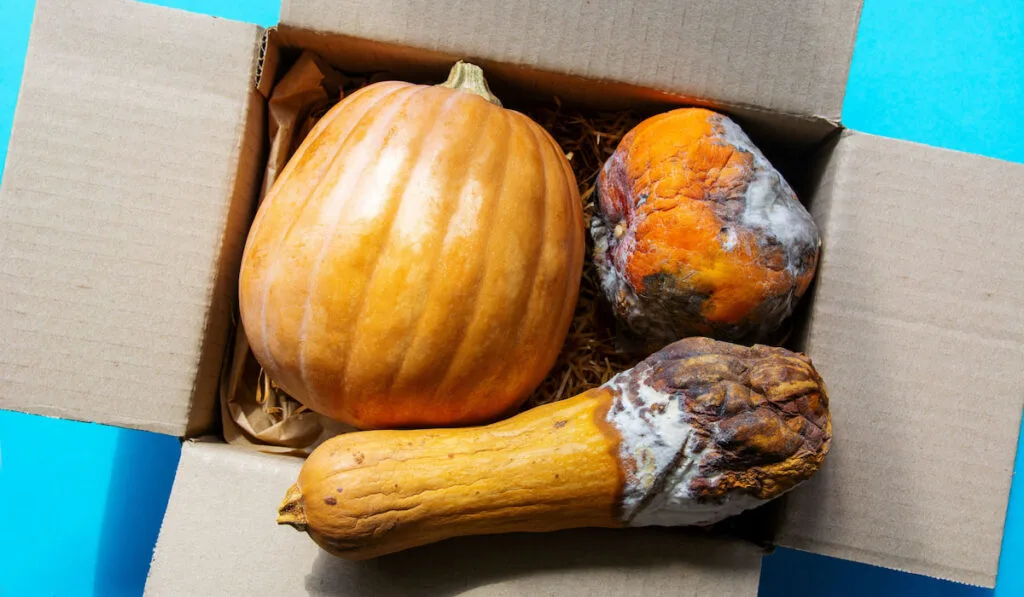
Squash that has gone beyond saving or eating will have a rotten smell. The smell is unpleasantly foul or pungent depending on how long you have kept the squash.
Sometimes, you may need to open the fruit before you can perceive the smell. However, the smell of bad squash mostly fills the room where you kept the squash.
If this is the case for you, you do not need to examine the squash before you dispose of it. Also, please check other fruits in your room because a smelly fruit indicates that the fungi (or microbe responsible for rotting the fruit) might have spread to other fruits.
5. Presence of Insects and Other Pests Around the Squash
Insects usually avoid fresh and healthy whole fruits. So, if you can see insects in the squash, on the body of the squash, or notice the presence of insects and other pests around your squash, it could mean that the squash is rotten.
Check the squash and see if you can find holes in it. If there are holes, it means that some insects might have gone into the fruit and are eating it from the inside.
If there are pests around your fruits, use your knife to open the fruit and save as much of the fruit as is still edible. Dispose of the parts of the fruit that are soft and have holes in them and quickly consume the rest before they start to rot.
6. The Weight of the Squash Becomes Lighter
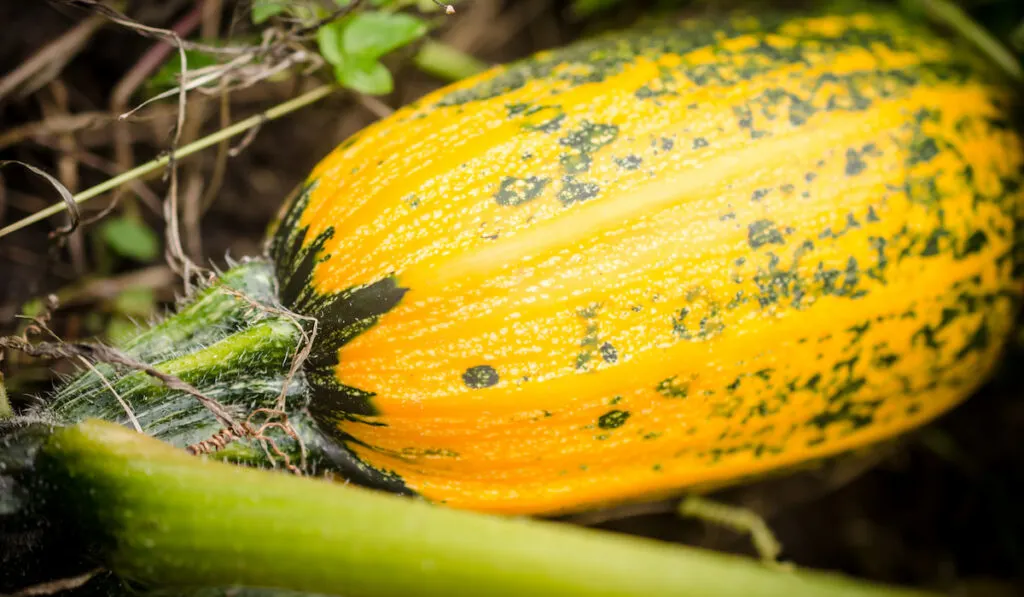
Rotten squash will feel very light when you carry it. This is because the microbes have decomposed most of the flesh. Rotten squash produces gas that will often fill the inside of the fruit until it finds a way to escape the fruit (which can also lead to the smell).
Squash that feels lighter than it should (based on its look) has a high chance of being spoiled squash. Before you dispose of the fruit, you should examine it by feeling its texture, checking for mold or pests, and perceiving its smell (if any). If you feel that the fruit has not gone bad, you should quickly consume it.
7. The Squash Has a Very Bad Taste
Squash that has gone bad will have the most unpleasant taste if you choose to taste it. You should not even try to eat or taste the fruit, but if you are very curious, you can use your sense of taste. This method is the final and most effective method to check if a squash has gone bad.
If your fruit has truly gone bad, you should dispose of it immediately and check others around it to see if they are still fresh or have started to rot.
Do not eat any other fruit that was placed close to your bad squash until you have examined it to see that it is still fresh. This is because squash that has started to rot often spreads its rot to other nearby squashes.
As you can see, there are many ways to determine whether squash is bad or not. Instead of getting worried about whether your squash is bad or not, why not store it properly? Continue reading to learn how.
How to Store Squash
Here are some effective methods to store your squash:
1. Avoid Washing the Fruits
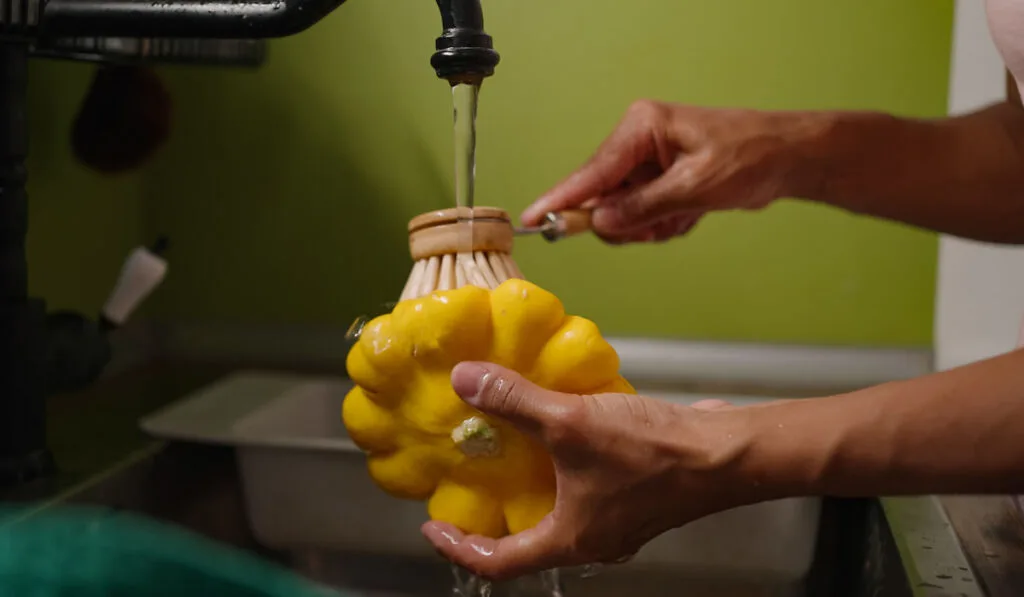
Pouring water on your squash leads to quick oxidation as water is made of oxygen. Fungi make use of oxygen to decompose fruits and other organic materials, so supplying them with water only makes the job of these fungi easier and faster. This is why you may notice that wet fruits spoil quickly.
Never wash your squash if you intend to store it afterward.
2. Keep Them at Room Temperature
Your squash can last for three to five days when kept at room temperature. Please keep them in a dark place or a place without direct sunlight so that they do not go bad quickly. Also, avoid leaving them on bare ground if the ground is very cold.
3. Refrigerate the Squash
To slightly extend the shelf life of your squash, keep it in a refrigerator. Squash in refrigerators can last five to eight days so long as they do not get wet in the fridge. If your squash gets wet in the fridge, it might spoil quickly, so you want to keep them in a container or part of the fridge where it can’t get wet.
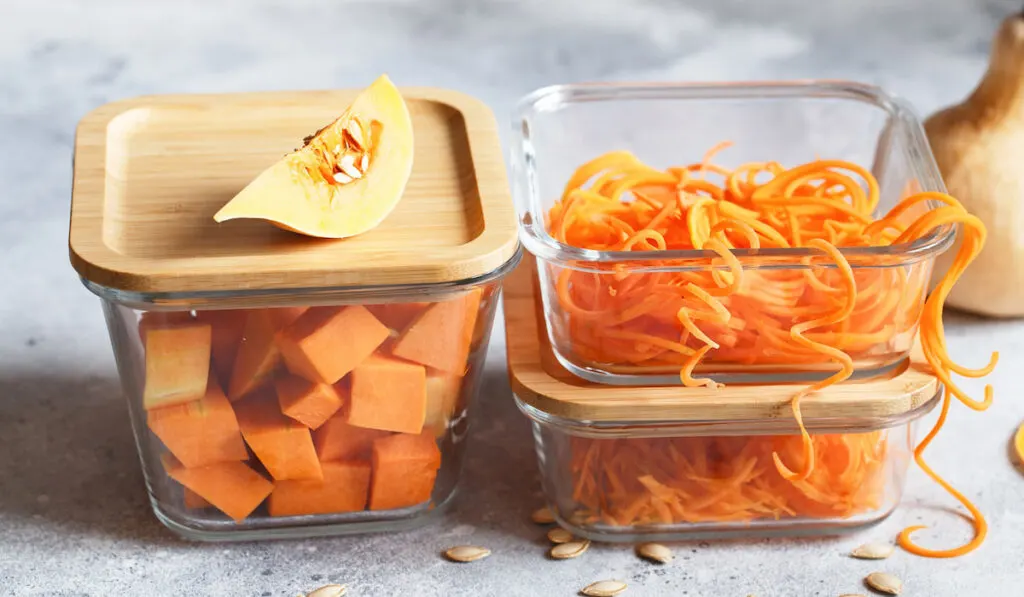
4. Store the Squash in an Airtight Container
Fungi need oxygen to decompose your squash, so storing your squash in an airtight container will help the squash to last longer. Ensure that you do not open the container except when you need to so that your squash does not go bad quickly. After storing the squash in the container, keep it in the fridge or freezer.
5. Freeze the Squash
Squash kept in a freezer can last for several months. Keeping your fruits in a freezer is the best way to store them.
However, you want to make sure that you quickly consume the fruits when you remove them from the freezer because they can go bad quickly after thawing them.
How will you store your squash?
Related Questions and Answers
Got any extra questions? Here are the answers:
1. How Long Does Yellow Squash Last?
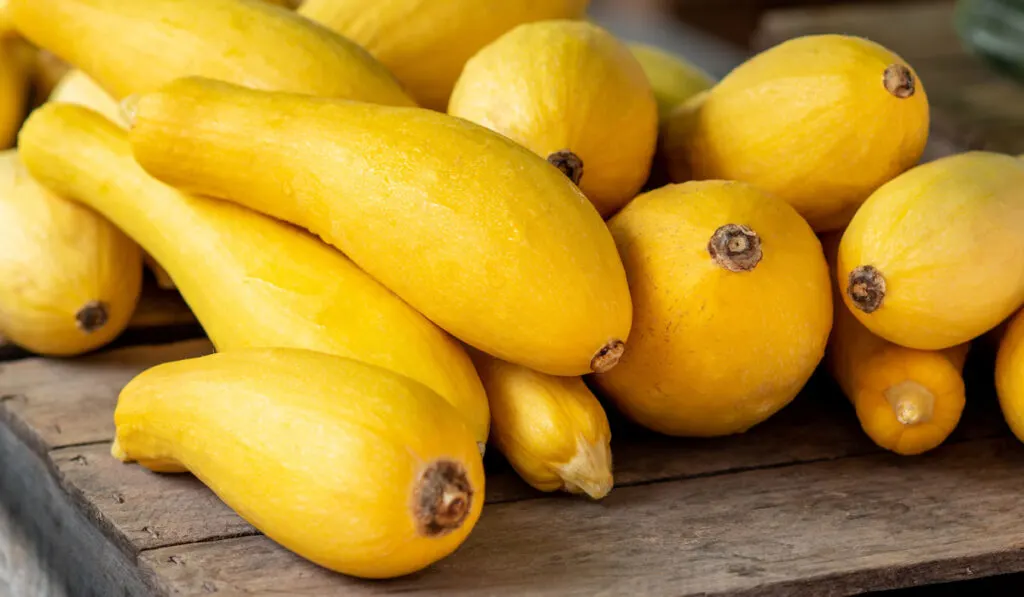
The shelf life of yellow squash depends on its form or the way you kept it:
- Peeled or Uncut: If the squash is without its peel, it cannot last for more than two days if you do not refrigerate it. However, uncut squashes can last for up to five days and longer when stored well.
- Cooked or Raw: Cooked squash starts to rot immediately after it is out of the oven or freezer and can last for just a day or two. Therefore, you want to store it well.
- Method of storage: Squash can last for up to eight months if you keep it in an airtight bag and then keep the bag in a freezer. However, squash left in the open can only last for a few days.
To store your squash properly, read the listed tips above and choose the one you’re most comfortable with.
2. What Happens if You Eat Bad Yellow Squash?

Bad or rotten squash is not good for you.
Bad squash does not have as many nutrients as fresh squash because most of the nutrients must have been lost through decomposition.
Also, the decomposing microbes release different gases and toxins in the fruit. This means that you might be eating toxins if you eat bad squash.
Bad squash can make you sick and give you constipation or a bloated stomach. Any squash that you have established to have gone bad, needs to be disposed of immediately!
Have you found the answer to your question?
Conclusion
Squash is sweet, but you only want to eat a fresh one. Eating spoiled squash can lead to health complications.
Using the various methods in this article, you can now separate fresh squash from bad ones. Remember that instead of eating your bad squash, you should dispose of it so that it does not make you sick.
